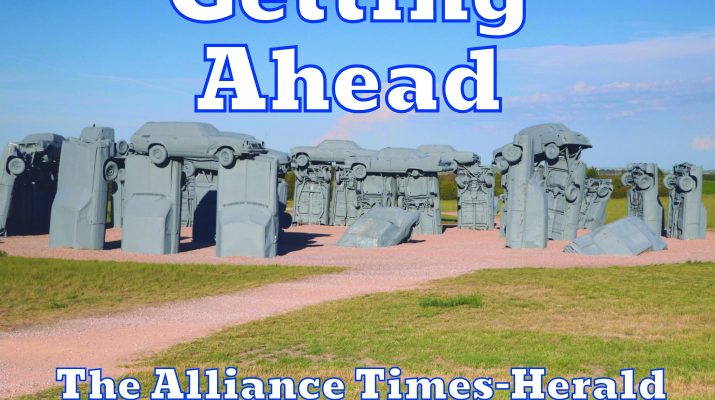People my age grew up with a map of the world that had been created by Flemish cartographer Gerardus Mercator in 1569. But in 2024, Nebraska law mandated that those Mercator projection maps needed to be replaced by new designs, recommending either the Gall-Peters Projection or the AuthaGraph World Map. Schools do not have to destroy old materials or textbooks, but new map purchases must comply.
What is going on? State Sen. Justin Wayne of Omaha proposed the legislation, arguing that Mercator projection maps have given generations of students a misleading understanding of the world. I looked into the research prepared by GIS Analyst Tim Erickson for the Nebraska Legislature in 2024.
The Mercator map was designed for world exploration and marine navigation. It gave us the idea of north at the top, and the directions of east, south, and west being consistent on maps. Angles are correct, so it works well for navigation and continues to be used by Google Maps for local areas.
What is the problem? When we take a round map like the globe and flatten it into a rectangle, we distort lengths and widths. The countries near the poles, like Canada and Russia, appear much larger than they really are. Those at the equator appear much smaller. Erickson uses the example of Greenland to show this distortion. On the Mercator map, Greenland appears to be the same size as Africa. In reality, Africa’s area is actually 14 times larger than Greenland! It looks like Alaska and Australia have the same area; Australia is four times larger.
Remember that the 1500’s were the Age of Exploration. Tiny European nations set out to colonize the world to obtain resources, and the Mercator map was designed for them. Having their nations appear much larger, and the areas of Africa, Southern Asia, and South America appear much smaller than reality helped to justify their actions.
The Gall-Peters Projection, one of the new maps recommended in Nebraska Law, was first developed by James Gall, a Scottish clergyman, in 1855. German Arno Peters brought attention to it in the 1970’s. He recommended the switch to the Gall map as being fairer to equatorial regions.
The Gall-Peters Projection gained support among groups advocating for social justice and a more accurate representation of the world. By accurately portraying the sizes of developing countries, it “challenges historical biases and promotes a more egalitarian perspective,” meaning that it is more fair to third world nations.
One of the criticisms of the Gall-Peters map is that, although areas are accurate, shapes are distorted. It is not as attractive, and it is not as useful in navigation.
The AuthaGraph World Map appears to me to be the biggest change in maps, because it doesn’t maintain the rule of north being the top. Architect Hajime Narukawa and his collaborators invented it in 1999. The map is made by dividing a spherical surface into 96 triangles. Those are transferred into a tetrahedron shape which keeps the area’s proportions. Finally the tetrahedron is unfolded into a rectangle to make the map.
According to authograph.com, the AuthaGraph world map can be tiled in any direction without visible seams. Any region can be placed at the center. “Just as the center of global politics, economy and culture is shifted and decentralized, this map tries to reflect such new global vision in the 21st century.”
The Nebraska Department of Education shows the Equal-Earth Projection Map and has links to the other two. This map looks similar to the ones we are used to. It shows continents and countries at their true sizes and keeps the shapes and directions we are familiar with. The sides are rounded to stress the shape of the earth.
Every map has advantages and disadvantages. How can you tell if you are looking at one of the newer designs. Remember that Africa is more than three times the size of the United States. If your map doesn’t show that, it’s probably time to retire it!

